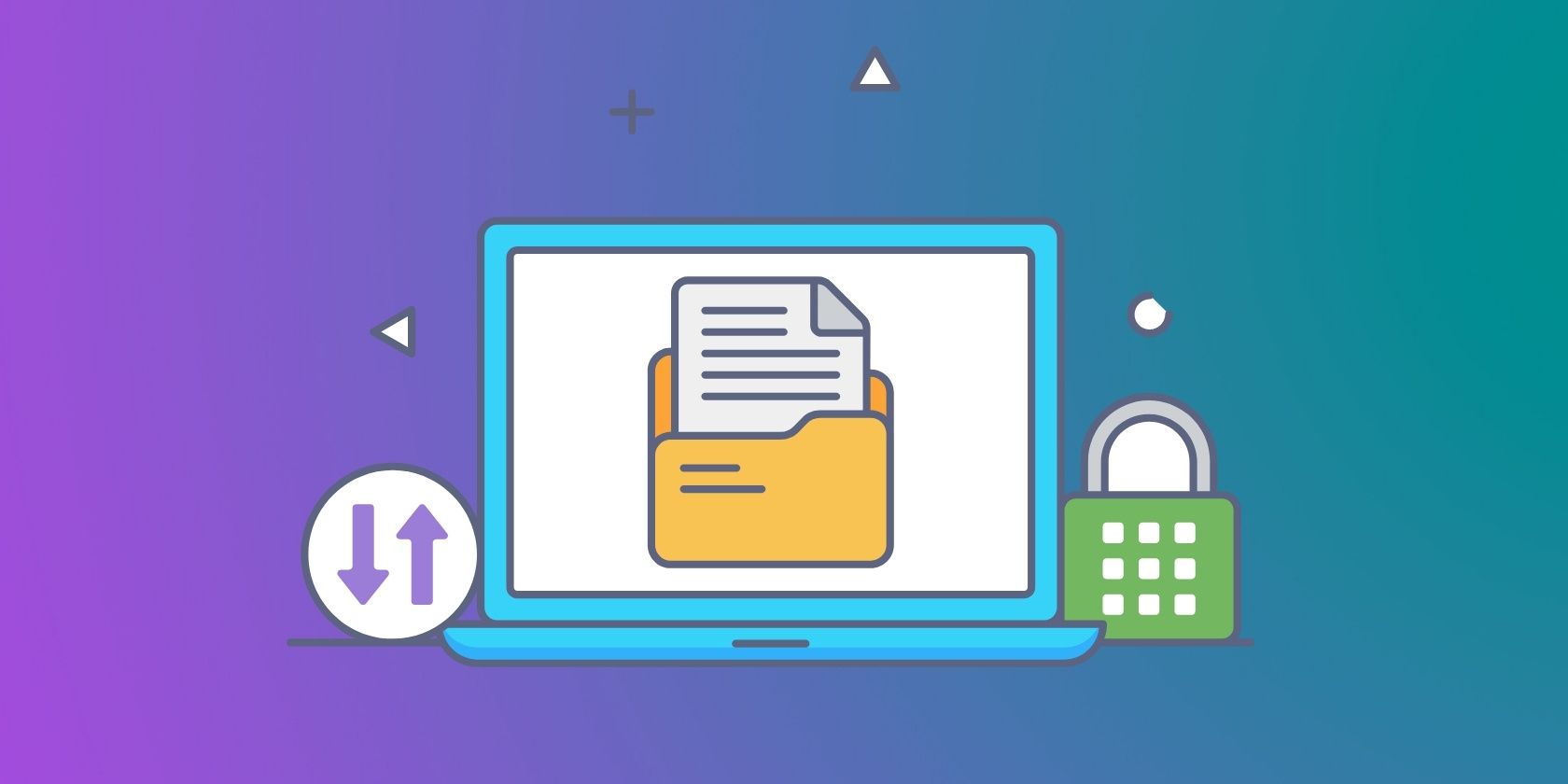In today’s interconnected world, the seamless transfer of digital files has become a fundamental part of our daily lives. From sharing documents with colleagues to exchanging photos with friends, file upload plays a vital role in facilitating data exchange. However, as we rely more heavily on digital means of communication and data sharing, the need for secure file upload has become paramount. Ensuring data privacy, safeguarding sensitive information, and protecting against cyber threats are essential considerations in the digital age. In this article, we will explore the importance of secure file upload in the digital age and the measures required to safeguard our data in an increasingly interconnected world.
Data Privacy and Protection:

With the increasing volume of data exchanged through file uploads, the risk of data breaches and privacy violations has surged. Hackers and cybercriminals are constantly seeking ways to exploit vulnerabilities in file upload processes to gain unauthorized access to sensitive information. Ensuring secure file upload is crucial to protecting the privacy and integrity of personal, financial, and corporate data.
Secure file upload platforms utilize encryption protocols and secure sockets layer (SSL)/Transport Layer Security (TLS) connections to safeguard data during transmission. Encryption scrambles data, making it indecipherable to unauthorized parties, while SSL/TLS ensures data is securely transmitted over the internet. By implementing these security measures, file upload platforms can protect data privacy and prevent unauthorized access to sensitive information.
Mitigating Cyber Threats:
In the digital age, cyber threats are a constant concern for individuals and businesses alike. Malware, ransomware, and phishing attacks are prevalent, with cybercriminals exploiting vulnerabilities in file upload processes to deliver malicious payloads. A single data breach or cyberattack can have devastating consequences, leading to financial loss, reputational damage, and legal repercussions.
Secure file upload platforms integrate advanced security features, such as multi-factor authentication and data validation checks, to mitigate the risk of cyber threats. Multi-factor authentication requires users to provide multiple forms of identification before gaining access, reducing the likelihood of unauthorized account access. Data validation checks help detect and block malicious files from being uploaded, preventing the spread of malware through file uploads.
Compliance with Data Protection Regulations:

In an era where data protection regulations are becoming increasingly stringent, secure file upload is essential to maintain compliance. Laws such as the General Data Protection Regulation (GDPR) in Europe and the California Consumer Privacy Act (CCPA) impose strict requirements on how personal data is handled and stored. Failure to comply with these regulations can result in significant fines and penalties.
Secure file upload platforms adhere to data protection regulations by implementing measures such as data encryption, data access controls, and data retention policies. These platforms provide transparency and control to users, enabling them to manage their data according to regulatory requirements and ensuring compliance with data protection laws.
Preventing Data Loss and Corruption:
Data loss and corruption can occur due to various reasons, including hardware failures, accidental deletions, or software errors. Secure file upload platforms offer data redundancy and backup solutions to mitigate the risk of data loss. By storing files on multiple servers and data centers, these platforms ensure that data remains accessible even in the event of hardware failure.
Additionally, versioning and file recovery features provided by secure file upload platforms enable users to retrieve previous versions of files and restore data to a point before corruption occurred. These features play a crucial role in preserving the integrity of data and preventing permanent data loss.
Facilitating Secure Collaboration:

In the digital age, remote work and collaboration have become the norm for many businesses. Secure file upload platforms support seamless collaboration by allowing multiple users to access and edit files simultaneously. Real-time collaboration features promote efficient teamwork and streamline communication among remote teams.
Secure file upload platforms also offer granular access controls, enabling users to set permissions for specific files and folders. This ensures that only authorized individuals have access to sensitive information, minimizing the risk of data leaks and unauthorized data sharing.
Enhancing User Trust and Confidence:
For businesses that rely on file upload platforms to interact with customers and clients, ensuring data security is crucial to building trust and confidence. Customers are more likely to share their data and engage with businesses that demonstrate a commitment to protecting their information.
By providing secure file upload capabilities, businesses can assure their customers that their data is handled with the utmost care and confidentiality. Implementing security measures such as encryption, secure connections, and compliance with data protection regulations helps businesses build a reputation for being trustworthy and responsible custodians of customer data.
In the digital age, secure file upload is not just a convenience; it is a necessity. Protecting data privacy, mitigating cyber threats, and ensuring compliance with data protection regulations are essential considerations in our interconnected world. Secure file upload platforms utilize encryption, secure connections, multi-factor authentication, and data validation checks to safeguard data during transmission and storage.
Moreover, these platforms facilitate secure collaboration, prevent data loss, and enhance user trust and confidence. Businesses and individuals must prioritize secure file upload to protect sensitive information, maintain data integrity, and build a foundation of trust with their customers. Embracing secure file upload practices will ensure that we can harness the full potential of the digital age while safeguarding our data and privacy.


